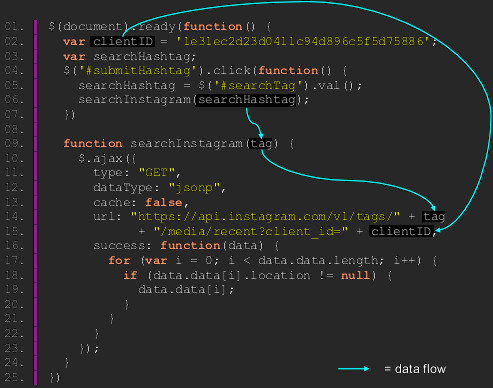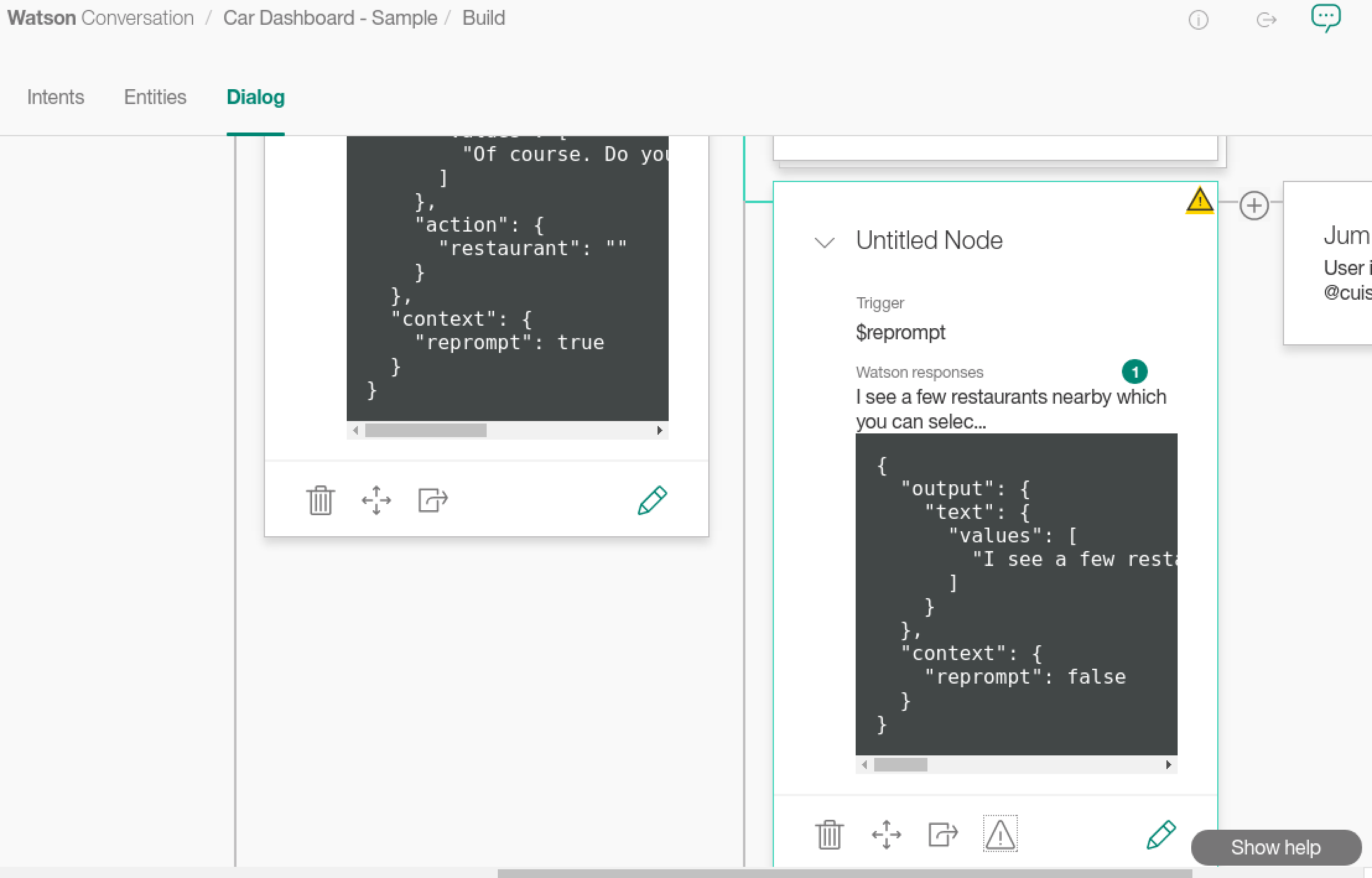The Story of WALA
Julian Dolby
IBM Thomas J. Watson Research Center
Doctoral Symposium, ECOOP, Barcelona, June 2017
WALA as Life at IBM
-
Blend of industry and academia
-
Focus on research and publication
-
Focus on product deliverables
-
-
Balancing act
-
Maintain core research focus
-
Follow corporate trends
-
-
Synergy
-
Find research topics in real problems
-
Apply research results to real problems
-
Selected History
| 2004 | ASTk | J2EE optimization |
| 2005 | ITM | Tivoli JavaScript to DB queries |
| 2006 | Open source release | |
| 2008 | GBS | ABAP analysis + tooling |
| 2010 | AppScan | JSA security analysis |
| 2012 | ECOOP | Correlation tracking |
| 2013 | ICSE | Approximate call graphs |
| 2013 | Android analysis support | |
| 2014 | AppScan | Approximate call graphs in AppScan |
| 2016 | ICSE+API Harmony | Web API bug detection |
| 2017 | WCS | Dialog bug finding analysis |
Enterprise Traditions
| 2004 | ASTk | J2EE optimization |
| 2005 | ITM | Tivoli JavaScript to DB queries |
-
WebSphere J2EE focus for enterprise customers
-
Access relational databases from Java Web server
-
Program analysis to determine read-only aspects
-
-
IBM Tivoli Monitoring migration support
-
Monitoring scripts written in JavaScript
-
Program analysis of monitoring semantics
-
Enterprise Traditions
-
WALA was born analyzing J2EE applications
-
Required flexibility to model J2EE semantics
-
Needed to handle large applications
-
-
JavaScript support created for Tivoli
-
Adapt WALA for Tivoli analysis support
-
Created general framework, not one-off hack
-
Open Source Release
| 2006 | Open source release | |
| 2013 | Android analysis support |
-
WALA used in collaborations prior to release
-
e.g. Refinement pointer analysis
-
paperwork for each project
-
-
WALA open source in 2006
-
Encourage collaboration and outside users
-
Manage IP using Eclipse license
-
Open Source Release
-
IBM has embraced open source
-
WALA enhanced by contributions
-
numerous fixes and code improvements
-
Java source language front end
-
Android application analysis support
-
nodejs analysis support
-
Open Source Release
-
Encourage contributions to WALA
-
Encourage code improvement contributions
-
Encourage research with product infrastructure
-
-
Raise awareness of program analysis at Watson
-
Recruiting and interns
-
Release code for publications
-
The Service Economy
| 2008 | GBS | ABAP analysis + tooling |
-
ABAP powers a lot of business software
-
Scripting language for dominant SAP products
-
IBM business upgrading ABAP applications
-
-
Exploit front end from JavaScript to do ABAP too
-
Create ABAP grammar with ANTLR
-
Build simple WALA IR for ABAP constructs
-
JavaScript Security
| 2010 | AppScan | JSA security analysis |
| 2012 | ECOOP | Correlation tracking |
| 2013 | ICSE | Approximate call graphs |
| 2014 | AppScan | Approximate call graphs in AppScan |
-
WALA JavaScript analysis used for security
-
WALA analysis used in AppScan products
-
Shipped series of research results in AppScan
-
JavaScript Security
-
Problems first observed by customers
-
Scalability issues in framework code
-
Problem narrowed by product developers
-
-
Anderson’s asymptotic complexity worse
-
ECOOP solution: apply context sensitivity
-
ICSE solution: abstraction to avoid issue
-
JavaScript Security
- Analysis imprecise in common for..in loops
for(prop in source) { target[prop] = source[prop]; } - Flow-insensitive analysis
target[?] = source[?]; - Correlation tracking
if (p === "x") { target["x"] = source["x"]; } if (p === "y") { target["y"] = source["y"]; ...
Keeping up with the times
| 2016 | ICSE+API Harmony | Web API bug detection |
| 2017 | WCS | Dialog bug finding analysis |
-
ibm.com is all about AI and cognitive computing
-
Machine learning and “Watson” as a product
-
People still write code, and hence bugs
-
WALA technology applicable in new domains
-
API Harmony bug finding

WALA WCS Demo

WALA WCS Demo
- Watson Conversations dialogs have local variables
Conclusions
-
Blend of industry and academia
- Products drive research and vice versa
-
Balancing act
- WALA has been able to be useful as IBM changes
-
Synergy
- Motivate research topics by real problems